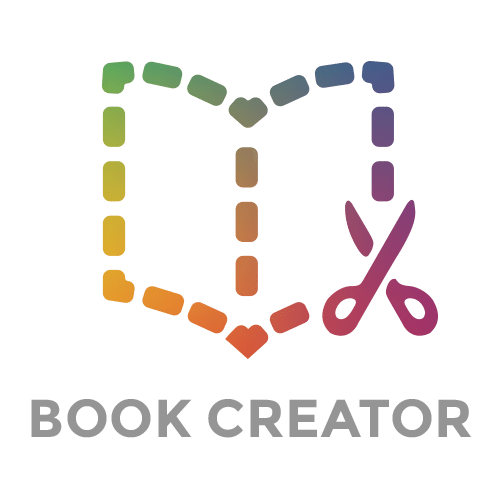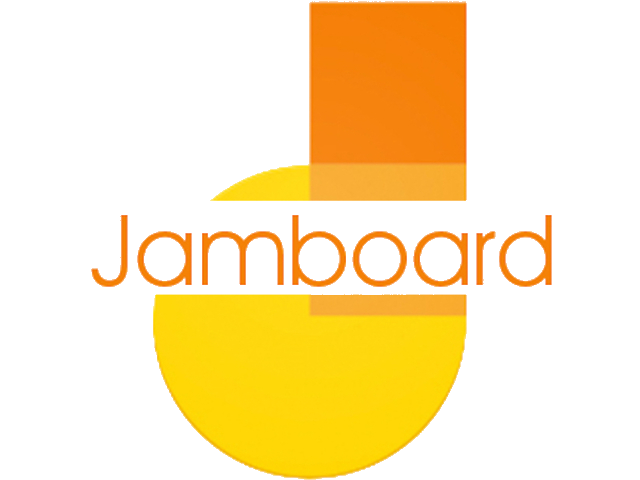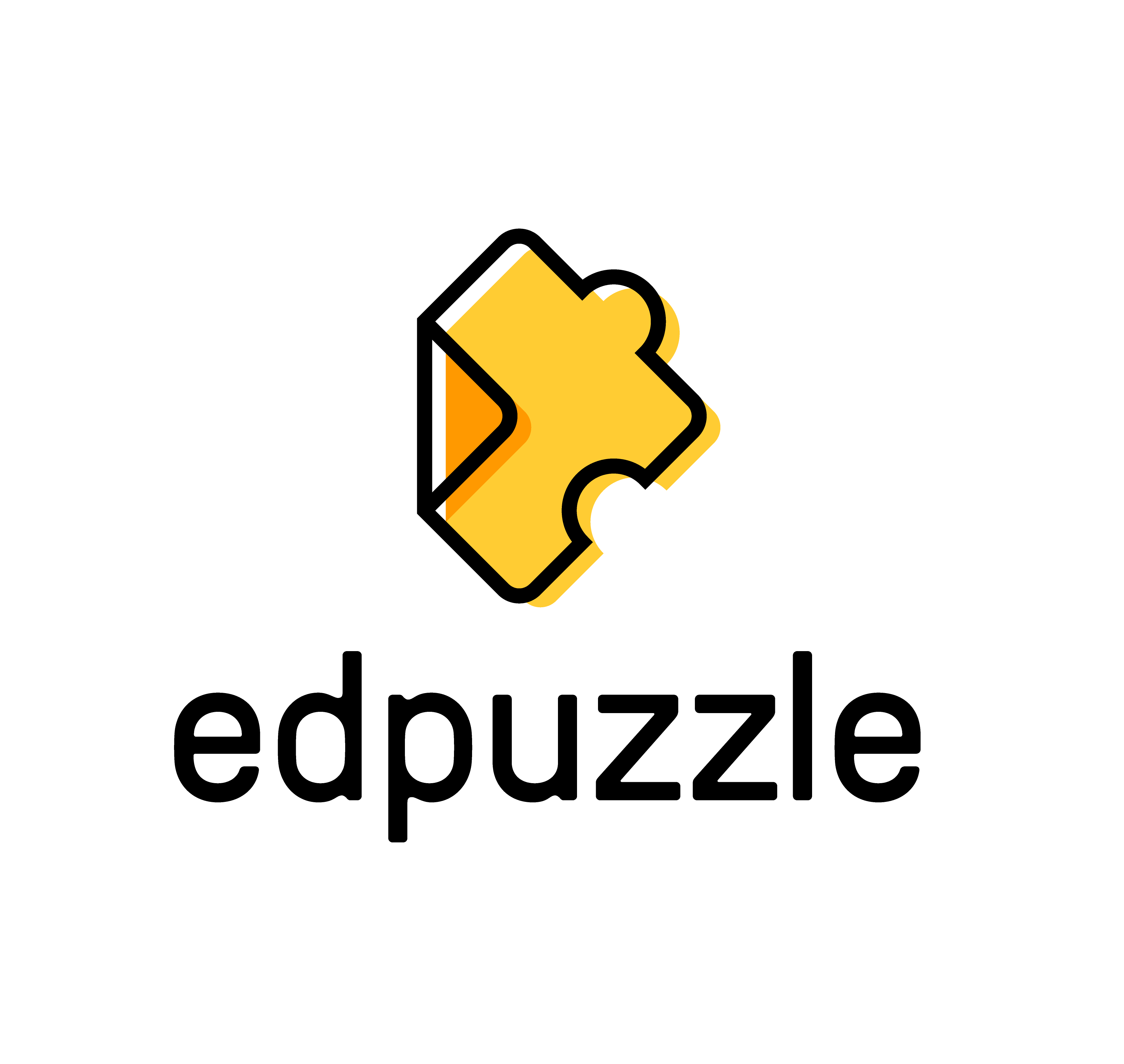Lesson Application
Examples of technology use in lesson design: English Language Arts
Activity Technology: Book Creator
Technology tools such as Book Creator enable students to add content in various forms, such as through images, recordings, and animations in addition to text. Thus, they support students in exploring their creativity and addressing the idea of story in unique ways. Not only does this increase student engagement, but it also supports students who struggle with the traditional form of writing. Through the various options available in Book Creator and similar technology applications, these students can find modes of expression that are not hindered by the challenges they might face with writing words on a paper, and they can thus be successful with ELA writing standards.
Collabration Technology: Google Jamboard
Google offers a wide range of technology applications that facilitate student collaboration. Most particular among these is Google Jamboard, which allows students to brainstorm ideas together by adding images, drawings, notes, etc. to a “whiteboard”-type space. Google also offers a document creation application, where students can collaborate to write a text document together or prepare a slide presentation in Google Slides. There are other various technology applications that facilitate student collaboration for such use as project-based learning, or break out room tasks during live online instruction.
Formative Assessment Technology: Edpuzzle
Formative assessments can be joined with videos through an application such as Edpuzzle, where student performance data is also collected and aggregated to facilitate evaluation by the teacher. Edpuzzle allows teachers to take a short video clip from YouTube and embed questions at strategic points for students to answer. There are other technology applications that allow teachers to assess student performance in a variety of ways not connected to video, such as Formative. These technology applications often allow teachers to easily collect and manipulate data, saving time and energy.




